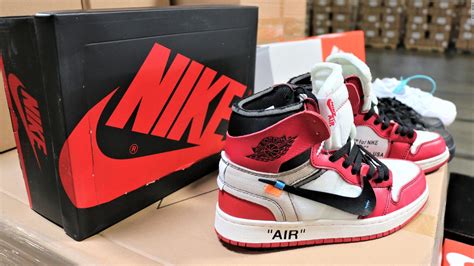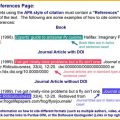What Products Are Commonly Counterfeited? An In-Depth Guide
Sneakers: A Favorite Target for Counterfeiters
Counterfeit sneakers are among the most popular knock-off items globally. Brands like Nike, Adidas, and Puma are prime targets. Fake shoes are attractive because they mimic the appearance of high-end brands while costing a fraction of the price, making them popular among customers seeking fashionable products at a discount.
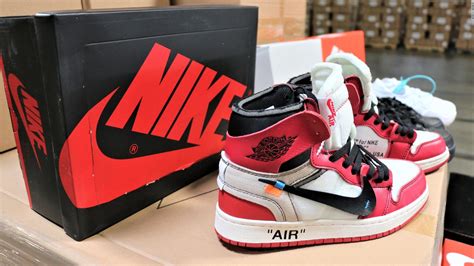
These counterfeit products are often difficult to distinguish from genuine items, especially as counterfeiters become more adept at copying designs. Some of the most faked sneakers are limited edition releases, which makes spotting counterfeit versions especially challenging. Always purchase footwear from official retail stores or authorized dealers to ensure authenticity.
Luxury Handbags and Wallets: High Stakes in Counterfeit Fashion
Luxury handbags and wallets from brands like Louis Vuitton, Gucci, and Chanel are another highly counterfeited category. These fake products appeal to consumers seeking status symbols without paying full retail prices. Markets across the world, particularly in tourist-heavy areas, are flooded with counterfeit handbags.
The quality of counterfeit bags varies. While some are poorly made, others are highly sophisticated, making it challenging to differentiate them from the original. Look out for irregular stitching, spelling mistakes on labels, and inferior material quality.
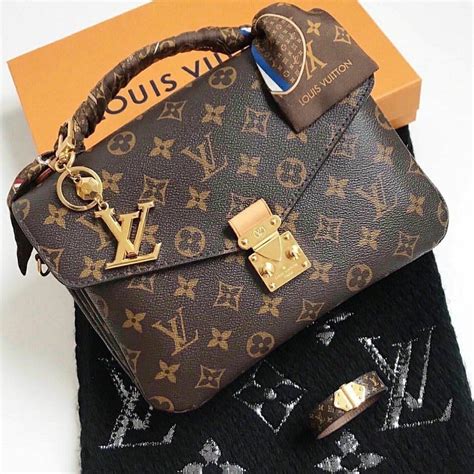
Pharmaceuticals: A Dangerous Market for Counterfeiting
The counterfeit pharmaceutical market is one of the most dangerous, posing significant health risks. Fake drugs often contain incorrect dosages or lack active ingredients entirely. In worst-case scenarios, they may include toxic substances. Commonly counterfeited drugs include painkillers, erectile dysfunction medications, and antibiotics.
Consumers should avoid purchasing medicines from unregulated online pharmacies or street vendors. Regulatory agencies worldwide are working to combat this issue, but the demand for affordable medication continues to fuel the counterfeit pharmaceutical industry.
Electronics: From Smartphones to Accessories
Counterfeit electronics are another major concern, with brands like Apple and Samsung frequently targeted. Fake smartphones, headphones, and computer accessories flood the market, often sold through unauthorized sellers. While they may look similar to the originals, these devices frequently have inferior components and may pose safety risks, such as overheating or battery explosions.
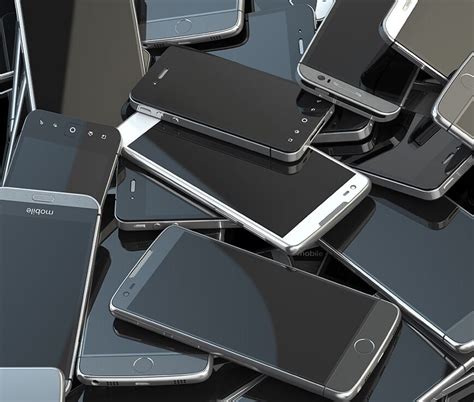
Watches and Jewelry: Counterfeiting in the Luxury Sector
Luxury watches from brands like Rolex and Tag Heuer, along with high-end jewelry, are frequently counterfeited. Similar to handbags, these items symbolize wealth and prestige, making them appealing to both counterfeiters and customers looking for status symbols at reduced costs.
While genuine luxury watches can be easily verified through serial numbers and authorized dealers, counterfeit ones often mimic the aesthetics but lack the craftsmanship of authentic models.
Cosmetics and Personal Care Products
Fake cosmetics and personal care items, including perfumes and skincare products, are also widespread. These products are especially dangerous since they can contain harmful chemicals, leading to allergic reactions or other health issues. Popular perfume brands, as well as skincare items from luxury lines, are commonly counterfeited.
Clothing and Apparel
Designer clothing, from brands like Levi’s and Ralph Lauren, is a significant portion of the counterfeit market. Counterfeit clothing might display slight variations in logos, fabric quality, and stitching that distinguish them from genuine pieces. Consumers may unknowingly purchase counterfeit clothes from online stores or marketplaces where sellers are not verified.
Toys and Children’s Products
Counterfeit toys have become a growing concern, especially since they might not comply with safety standards. Toys with small detachable parts or those made from toxic materials pose serious risks to children. Parents are encouraged to buy toys only from reputable brands or certified stores.
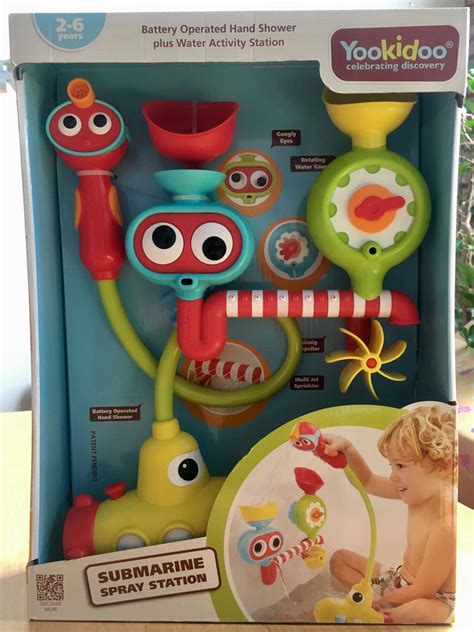
Food and Beverages
Counterfeit food products, including coffee, chocolate, and bottled water, have also emerged in markets around the world. These items not only deceive consumers but may also pose health risks. Fake food products can be difficult to identify, making it essential to buy from trusted stores.
Media and Entertainment Products
Counterfeit DVDs, CDs, and video games continue to circulate despite the rise of digital streaming services. Pirated versions of movies and games are often sold for a fraction of their original cost, affecting the revenue of entertainment companies. These fake items also come with risks, as they might contain malware or perform poorly.
Summary Table of Commonly Counterfeited Products
| Product Category | Brands/Items Commonly Faked |
|---|---|
| Sneakers | Nike, Adidas, Puma |
| Luxury Handbags | Louis Vuitton, Gucci |
| Pharmaceuticals | Painkillers, Antibiotics |
| Electronics | Apple, Samsung |
| Watches | Rolex, Tag Heuer |
FAQ Section
How can I identify counterfeit sneakers?
Look for irregular stitching, spelling errors, and ensure you buy from authorized retailers.
Are counterfeit electronics safe to use?
No, they often lack safety certifications and could pose risks such as battery explosions.
What should I do if I suspect a product is counterfeit?
Report the seller to authorities or the brand, and avoid using the product.
Where are most counterfeit products made?
Many counterfeit goods originate from China and Hong Kong, though this varies by product category.
Can counterfeit cosmetics be dangerous?
Yes, fake cosmetics may contain harmful chemicals and can cause skin reactions.
Why are luxury brands frequently targeted by counterfeiters?
Luxury brands have high resale value, making them attractive for counterfeiters looking for profits.
What steps are brands taking to combat counterfeiting?
Brands use technologies like holograms, blockchain, and AI monitoring to identify and prevent counterfeit sales.

